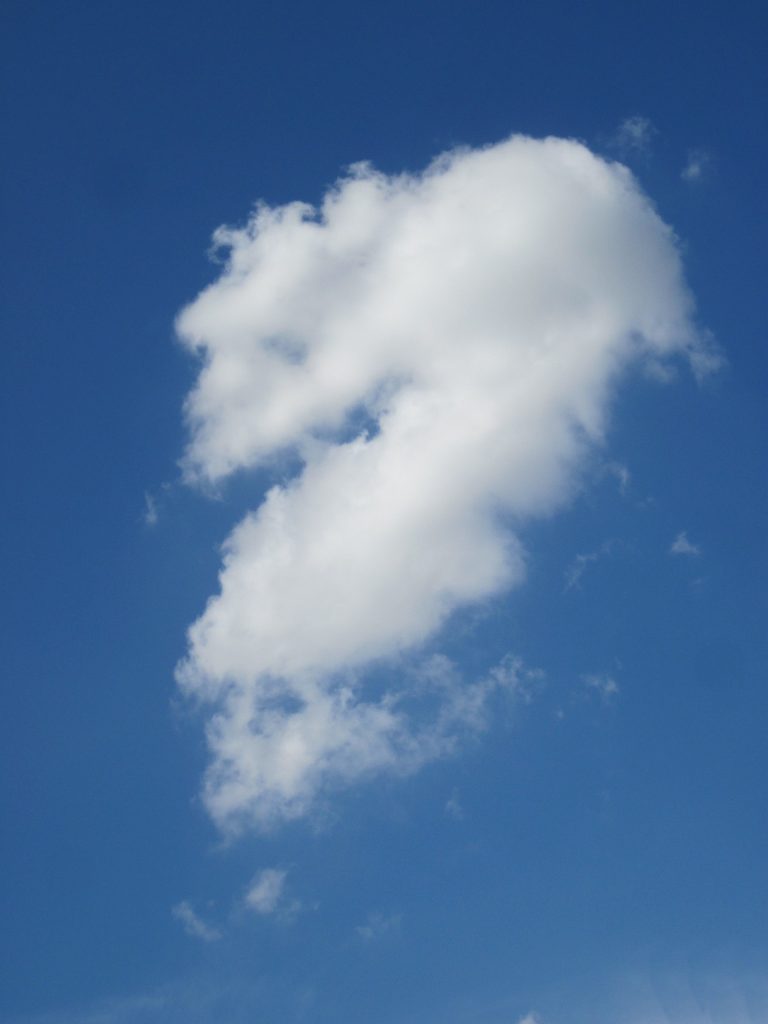
If you’re involved in designing or installing switchgear, you’ve probably heard about BS 61349 and its environmental requirements. But let’s face it—standards can sometimes feel like a pile of dry, technical jargon. In reality, they exist for a good reason: to keep your switchgear running smoothly for years to come. Below is especially important if you are locating a switchboard outdoors.
One of the big takeaways from BS 61349 is that your switchgear has to stay within certain temperature and humidity limits to perform at its best. But here’s the kicker—while the equipment is built to handle these conditions, keeping the environment in check is your responsibility as a contractor. Let’s break it down.
What Are the Limits?
Switchgear isn’t picky, but it does have its boundaries.
Here’s what BS 61349 says about temperature and humidity for an indoor LVAC board:
- Temperature:
- Maximum: 40°C (anything higher and things could start to become degraded).
- Average over 24 hours: 35°C (so no cheating with a few cool nighttime hours).
- Minimum: -5°C (yes we do get cold snaps in the UK).
- Humidity:
- Relative humidity can go up to 95%, but here’s the catch—no condensation allowed. Think of it like walking a tightrope: high humidity is okay, but if moisture starts forming on the equipment, you’re in trouble.
Why Should You Care?
Now, you might be thinking, “Why all the fuss? It’s just some numbers.” But those numbers matter more than you’d think. If your switchgear operates outside these limits, you’re opening the door to:
- Premature Aging: Components wear out faster, insulation breaks down, and suddenly you’re looking at a costly replacement.
- Corrosion and Short Circuits: Moisture and metal don’t mix. Condensation can lead to rust and electrical faults.
- Performance Issues: High temperatures can mess with the accuracy of protection devices, making your switchgear less reliable when it’s needed most.
Your Role as a Contractor: The Guardian of the Environment
Here’s where you come in. The switchgear might be built to withstand tough conditions, but it’s up to you to create the right environment. Think of yourself as the gatekeeper, ensuring everything stays within those crucial limits.
Here’s what you can do:
- Control the Temperature: Use ventilation, air conditioning, or heating to keep things within range. Remember, your goal is consistency.
- Manage Humidity: Dehumidifiers are your best friend in damp environments. And don’t forget about moisture barriers if you’re dealing with an especially humid location.
- Monitor Continuously: Install temperature and humidity sensors in the switchgear room. These give you real-time data, so you’ll know right away if something’s off.
Long-Term Protection: It Doesn’t Stop After Installation
Switchgear is a long-term investment, and like any good investment, it needs care and attention. Even after installation, the work isn’t over. Here’s what you (and your clients) should keep in mind:
- Routine Inspections: Regular checks help catch potential problems early. Blocked vents or a faulty AC unit can wreak havoc if left unchecked.
- Seal Maintenance: Make sure doors, seals, and gaskets are doing their job to keep moisture out.
- Be Proactive: Address early signs of wear or corrosion before they turn into expensive repairs.
Wrapping this up.
At the end of the day, BS 61349 isn’t just about ticking boxes; it’s about protecting your equipment and your reputation. While the switchgear has built-in resilience, the environment around it needs to be just as reliable. By staying on top of temperature and humidity, you’re not just meeting a standard—you’re ensuring your switchgear lives a long, productive life.
Take it from us: a little environmental care goes a long way.
Relevant Reading
How to Protect Your Switchgear from Temperature Swings – Switchgear Builders
Protecting Your Switchgear: Why Temperature and Humidity Matter
Protecting Your Switchgear: Moisture Control Tips for Outdoor Installations
Disclaimer:
The information provided on this site is for general informational purposes only and may not reflect the most current regulations or standards. Legislation, industry guidelines, and best practices can change over time, and it is the user’s responsibility to research and ensure compliance with the latest requirements for their specific situation. Always consult a qualified professional for advice tailored to your project or application.
